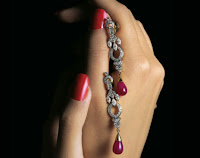Courage is not only gifted to the few brave ones,
It is something that lies within you,
Where you can draw upon its strength and power,
In times of crisis, fears and decisions.
Courage is not something mysterious or unattainable,
It is something that you can exercise in your daily life choices,
You can let it bring to you untraveled paths,
And make you more conscious and aware of your life.
Courage does not have to roar to be heard,
It does not mean being totally fearless and being invincible,
It could mean taking actions, taking risks, taking a stand,
Standing up for yourself, standing by your choices,
And sticking to your dreams when others jeered.
Courage could be the will to live in spite of the struggles,
In spite of your fears and phobias, in spite of what others said,
In spite of criticisms and disapproval, in spite of mistakes and failures,
In spite of everything that stands between you and your dreams.
Courage could mean trying over and over again when you failed,
Admitting that you are sorry when you are in the wrong,
Saying I love you when your love is angry,
Having a baby when the idea of being a parent scared you,
Listening to your heart when others called you a fool,
Following your dreams even when others discouraged you,
And staying true to yourself when others want you in another way.
Hold steadfast to your dreams, your heart and yourself,
And courage will not abandon you,
But follows you whenever you choose to go.




























































